As a business owner or manager, you understand the importance of investing in your employees. One of the most effective ways to do this is through staff training programs. By implementing a staff training schedule, you can improve your employees’ skills, boost productivity, and prepare them for future roles within your organization.
In this article, we will explore the benefits of a staff training schedule and provide you with tips on how to create an effective one for your team.
What is a Staff Training Schedule?
A staff training schedule is a document that outlines the training programs, workshops, and courses that employees are required to complete within a specific timeframe. This schedule can cover a wide range of topics, from technical skills to soft skills, depending on the needs of your organization.
By providing employees with a clear roadmap of their training requirements, you can ensure that they are equipped with the knowledge and skills necessary to excel in their roles.
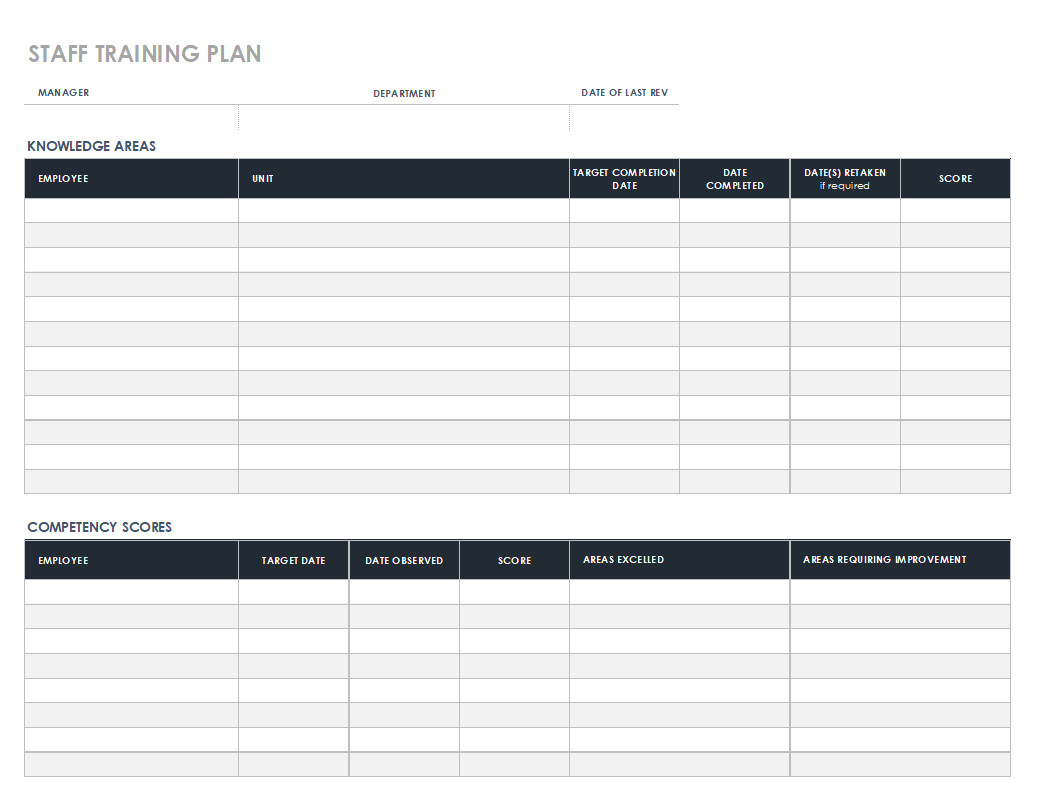
Why Implement a Staff Training Schedule?
There are several benefits to implementing a staff training schedule for your team:
- Improve Employee Skills: A structured training schedule allows employees to acquire new skills and knowledge that are relevant to their roles.
- Boost Productivity: Well-trained employees are more efficient and productive in their work, leading to improved performance and results.
- Prepare for Future Roles: By investing in your employees’ development, you are preparing them for future leadership positions within your organization.
How to Create a Staff Training Schedule
Creating a staff training schedule may seem like a daunting task, but with the right approach, you can develop a comprehensive and effective plan for your team:
1. Assess Your Team’s Training Needs
Before creating a training schedule, conduct a thorough assessment of your team’s skills and knowledge gaps. This will help you identify the areas that require improvement and tailor the training programs accordingly.
2. Set Clear Training Objectives
Define specific learning objectives for each training program to ensure that employees understand what is expected of them. This will help them stay focused and motivated throughout the training process.
3. Determine the Training Methods
Consider the most effective training methods for your team, such as in-person workshops, online courses, or on-the-job training. Each method has its benefits, so choose the one that best suits your team’s learning styles.
4. Create a Realistic Timeline
Establish a realistic timeline for completing each training program, taking into account employees’ workloads and availability. This will help you avoid overloading them with too many tasks at once.
5. Monitor Progress and Provide Feedback
Regularly monitor employees’ progress through the training schedule and provide constructive feedback to help them improve. This will keep them motivated and engaged in the learning process.
6. Encourage Continuous Learning
Promote a culture of continuous learning within your organization by offering opportunities for ongoing training and development. This will help employees stay up-to-date with industry trends and technologies.
7. Evaluate the Effectiveness of the Training
After employees have completed the training programs, evaluate the effectiveness of the schedule by measuring their performance improvements. Use this feedback to make any necessary adjustments for future training plans.
8. Recognize and Reward Achievement
Finally, recognize and reward employees who have completed the training programs. This will not only motivate them to continue their professional development but also encourage others to participate in training opportunities.
Examples of Effective Staff Training Schedules
To give you a better idea of what a staff training schedule looks like, here are a few examples of effective training schedules:
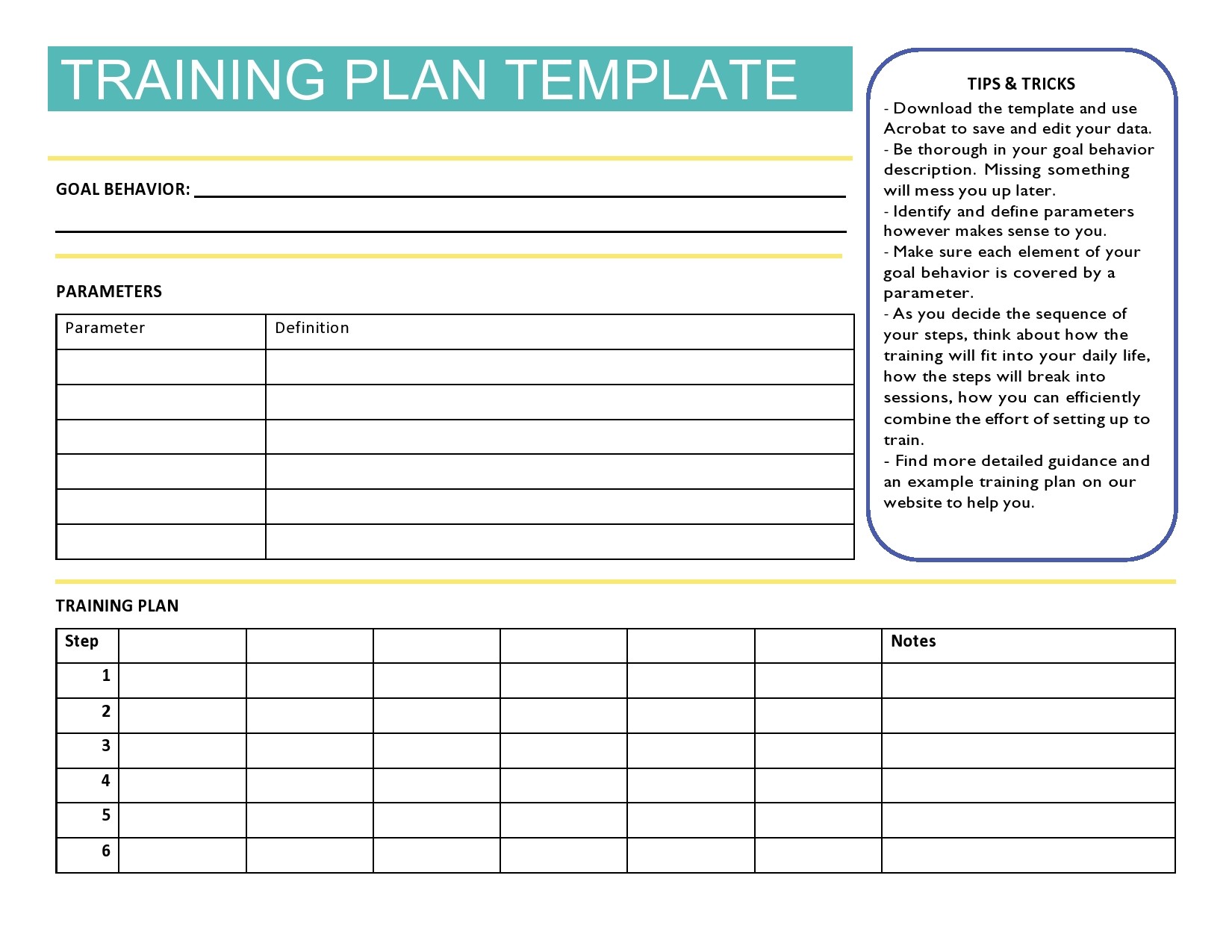
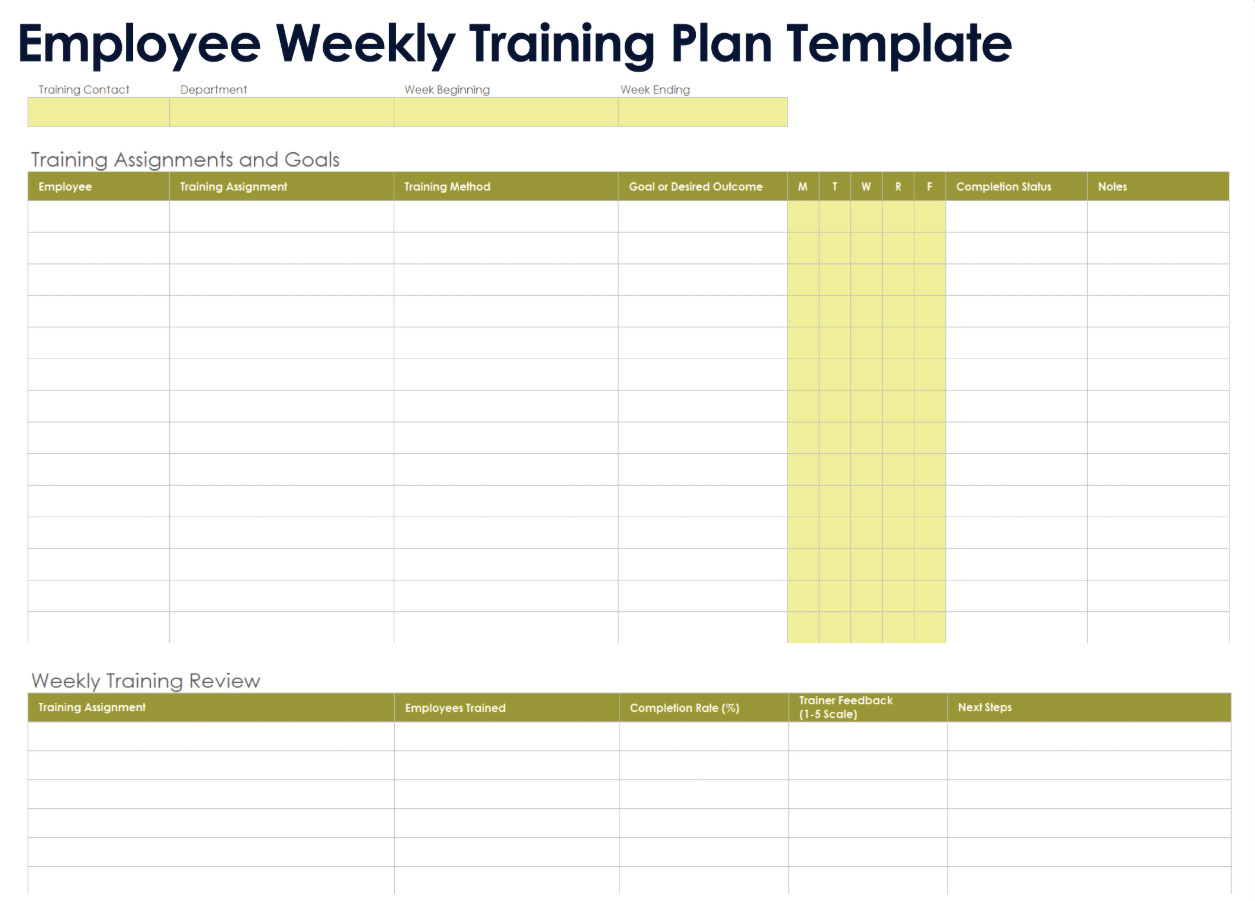
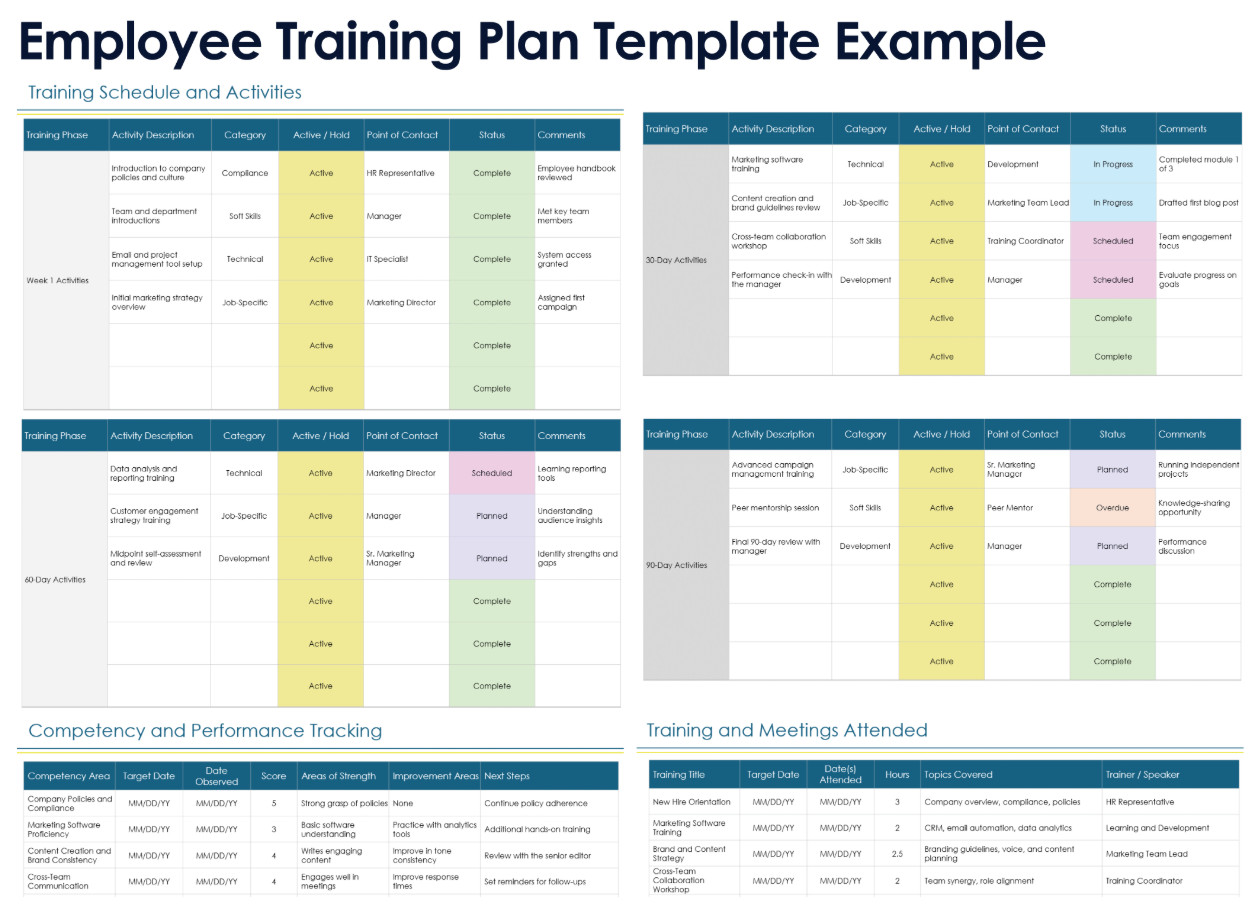
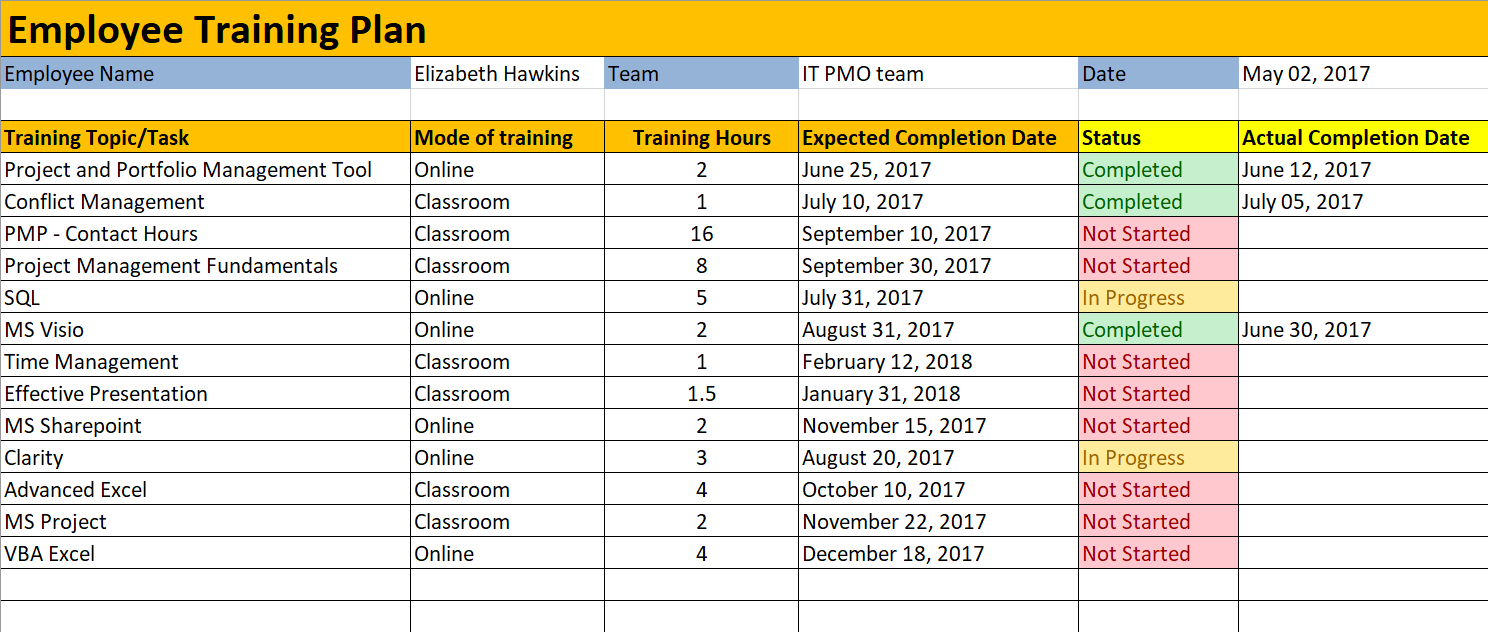
Tips for Successful Staff Training Schedules
Here are some tips to help you create successful staff training schedules for your team:
- Customize the training programs to meet the specific needs of your team.
- Provide opportunities for employees to give feedback on the training programs.
- Offer a variety of training methods to accommodate different learning styles.
- Make training sessions interactive and engaging to keep employees interested.
- Measure the effectiveness of the training programs through employee performance metrics.
- Encourage a culture of continuous learning and professional development within your organization.
Conclusion
A staff training schedule is a valuable tool for enhancing your team’s skills, boosting productivity, and preparing them for future roles within your organization. By following the tips outlined in this article and creating a customized training plan for your team, you can ensure that your employees are equipped with the knowledge and skills they need to succeed. Invest in your team’s development today and reap the benefits of a well-trained and motivated workforce.
Staff Training Schedule Template – Download